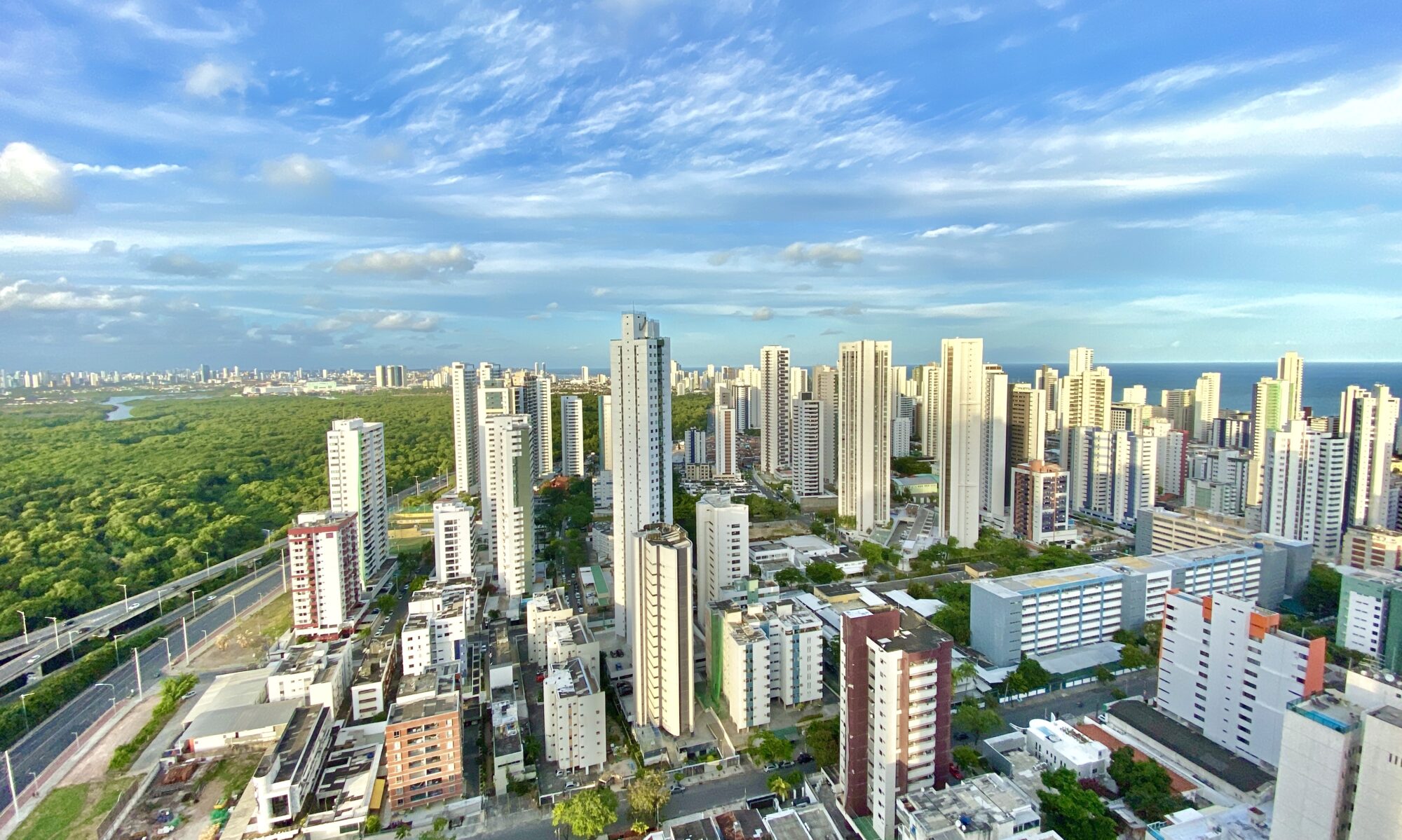Four times wider than Niagara Falls in the United States, and undoubtedly the most spectacular in South America, the Iguaçu Falls in Paraná is where the powerful river Iguaçu hurtles into a deep canyon, carved in the shape of a horseshoe in the gigantic basalt flow which, during the Triassic period, spread out from north-eastern Uruguay to the region. The thunder of the water and the brilliance of the rainbow crowning the fury of the torrent stay in the mind as a rare and unforgettable testimony to the grandeur of the Earth.
Starting its course near the Atlantic seaboard, the Iguaçu river crosses the western highlands of the states of São Paulo and Paraná and arrives at the edge of the plateau to discharge its waters at a rate which can reach 150,000 m³ per second. Various islands divide the colossal flow into 275 separate cataracts, ranging from 60 to 80 metres in height, with the refracted spray rising to more than 150 metres. The best known islands – San Martin and Isla Grande – are on the upper river, dividing it into two arms, which join together again immediately afterwards. The river then falls over rough formations of basalt and lava until it thunders into the Devil’s Throat. From there it continues until it flows into the Paraná river and from there, via the Paraguay river, contributes to the formation of the Plate Basin.
The region comprises the Argentinian national park, created in 1934 and covering 50,000 hectares, and the Brazilian national park, created in 1939 and covering 170,000 hectares. The Brazilian side embraces four municipalities, including Foz do Iguaçu, a name of indigenous origin meaning big water. Even today, the legend of how the falls were formed is part of local folklore. The Indians Naipi and Taroba were a sort of Romeo and Juliet and were pursued by the irascible serpent of the waters, M’Boi, who transformed himself into the various cataracts.
The experience of living with the forces of nature and the scintillating and eternal spectacle of the waters combines with the exuberant tropical vegetation, which is home to various endangered species. In the park – where hunting is prohibited but fishing allowed – the forest itself (broadleaf subtropical) is not a bit inferior to the Amazon forest, which in itself is a reason for the growing ecotourism in the region. Since the 1970s, there have been more than 2 million visitors per year, and there is now a service of park guides and a network of national and international hotels.
Since its discovery by Alvar Nunez Cabeza de Vaca in 1541, there have been successive studies of the region’s geology (relating to the flow of volcanic basalt rock – Trapp-Parana), biology and even its business potential, especially in relation to its hydro-electric resources. All this has underlined the need to carry out binational and international studies in the area.

